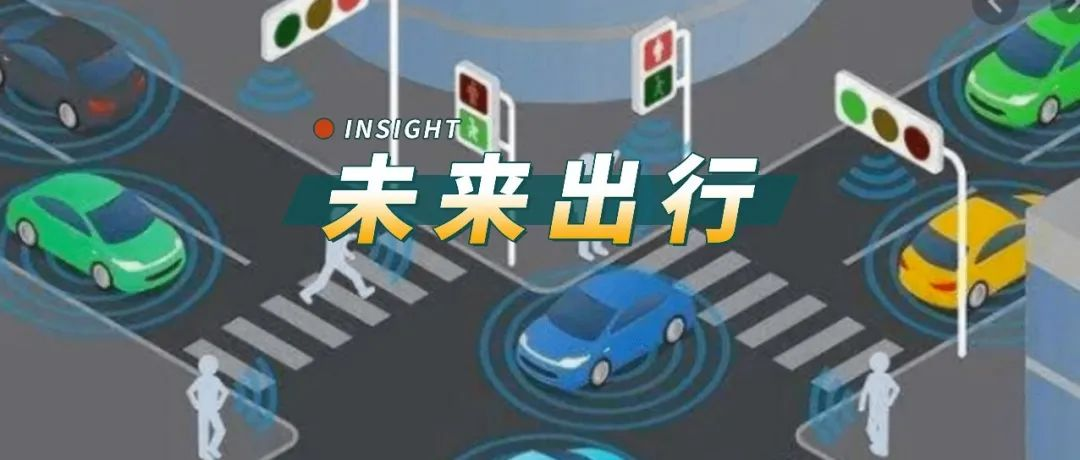Translation:
Author: Xiaodong
Editor: Chris
On March 5th, a Tesla owner tweeted that when there are no other cars or pedestrians around, we still have to stop at a red light and waste time waiting for the green light. In the future, traffic lights should have AI to intelligently control the flow of traffic.
Elon Musk responded to this issue, suggesting that Tesla could manufacture an AI vision device to be put into traditional traffic lights, in order to improve the traffic environment and enhance traffic efficiency.

The debate is still ongoing. The mainstream view is that the popularity of autonomous driving will significantly reduce the idleness rate of vehicles, lower the total ownership of the society’s car fleet, and thus further reduce traffic congestion and improve traffic conditions.
However, Elon expressed that the popularity of autonomous driving might increase the number of vehicles on the road instead of reducing it. He even referred to the traffic problem as the “ultimate BOSS battle” and stated that “even the strongest human beings in the world are powerless in the face of busy traffic problems.”
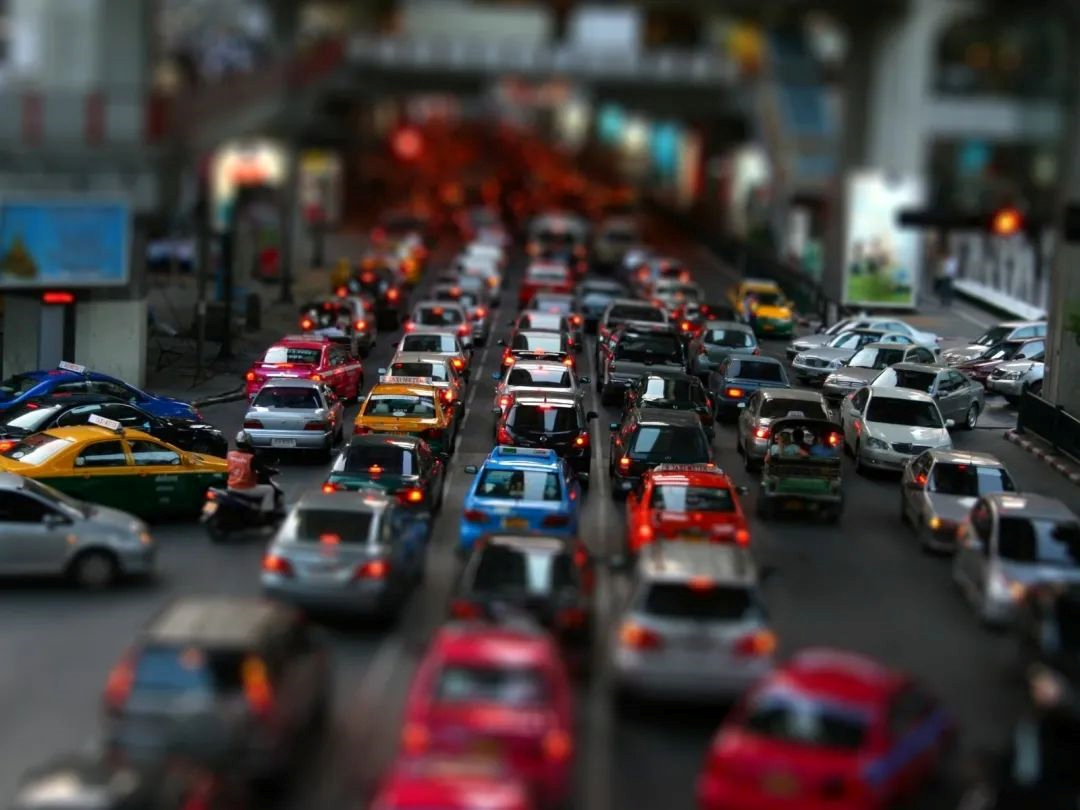
Regarding the consideration of traffic congestion issue, as early as 2016, Elon proposed the idea of multi-layered tunnels dug underground to alleviate traffic congestion problems and established the Boring Company to keep practicing it.
How will the future of transportation evolve? Today, let’s talk about the intelligent traffic lights and autonomous driving environment.
Will the Future with Autonomous Driving Be Better?
For the popularity of autonomous driving, the industry once had a one-sided vision of a better future.
Autonomous driving vehicles will not violate traffic rules, have no road rage, maintain consistently good driving habits, and never get tired. To a large extent, this will significantly reduce accident rates and “traffic jam rates” and improve traffic congestion.
Moreover, because they do not get tired, autonomous driving vehicles can theoretically operate continuously, which will significantly reduce the idleness rate of vehicles, lower the total ownership of the society’s car fleet, and also improve traffic congestion.
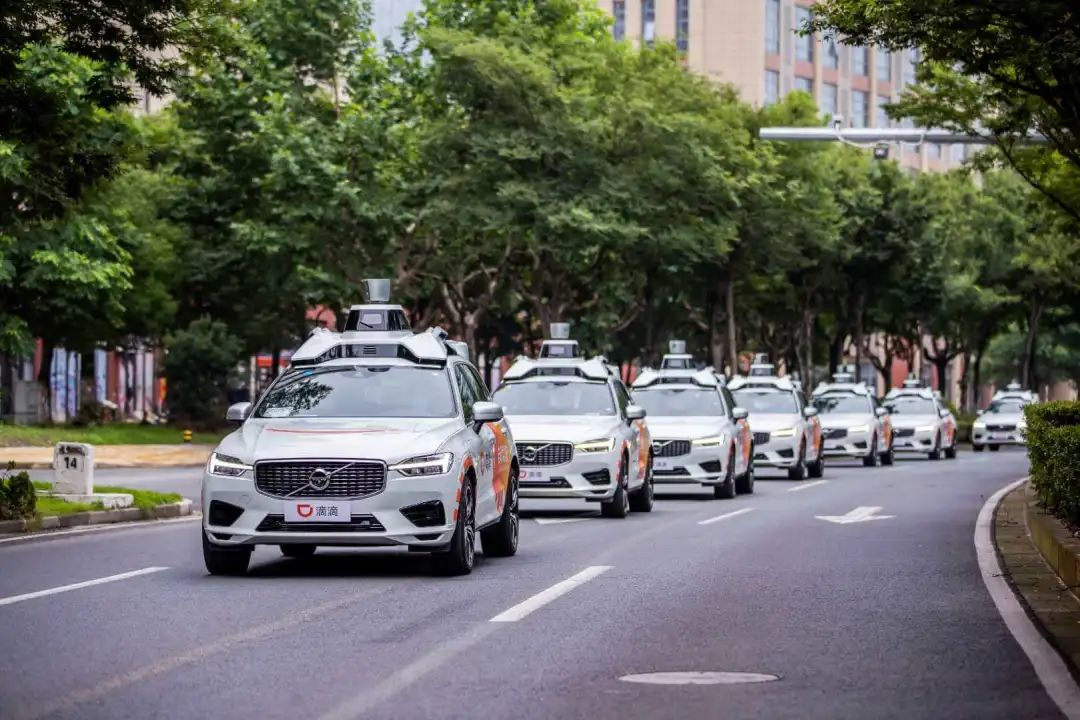
However, an increasing number of industry insiders are beginning to hold different opinions. Elon Musk is a typical example. He believes that in the era of complete autonomous driving, the total ownership of society’s car fleet will not decrease but rather increase.On the one hand, the Robotaxi will significantly reduce travel costs. At the 2017 TED conference, Elon publicly stated that according to Tesla’s calculations, the popularity of autonomous driving systems will bring the operational efficiency of common passenger cars to be similar to that of public transportation (subways, buses, etc.).
We can also briefly consider the cost of Robotaxi. At present, the cost of online car-hailing is divided into the cost of the vehicle itself, maintenance, repair, energy, insurance, and labor costs. If it is in the era of fully autonomous driving, insurance, labor, and maintenance costs will no longer exist. The main costs are vehicle, energy, and maintenance costs.
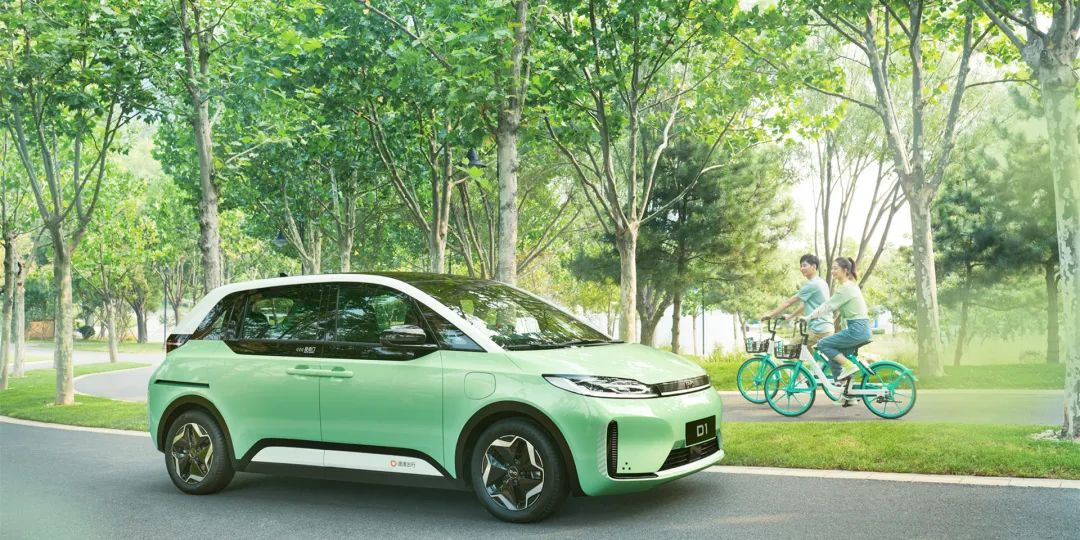
Calculating based on the current cost of online car-hailing and the salary of the driver, in most cases, the cost of two years of driver labor is greater than the cost of one online car-hailing vehicle itself. However, energy and maintenance costs will only be lower than the current cost of online car-hailing. For example, in the case of autonomous driving, surplus electricity can be used for supplementary energy, and maintenance costs will also decrease under economies of scale.
Obviously, the reduction in Robotaxi costs means a decrease in prices. This will cause a sharp increase in the number of people choosing Robotaxi for travel, after all, the convenience and privacy of online car-hailing are far higher than public transportation. This will lead to an increase in demand, which means there will be more Robotaxis.
On the other hand, in the era of fully autonomous driving, private cars will increase.
There are two reasons for this. One reason is that in the era of fully autonomous driving, driving licenses will not be required, and everyone is a passenger without a driver. This will allow the elderly, teenagers, and “driving license holders” to replace former drivers. And users of each age group will have different needs, which will lead to an increase in private cars.
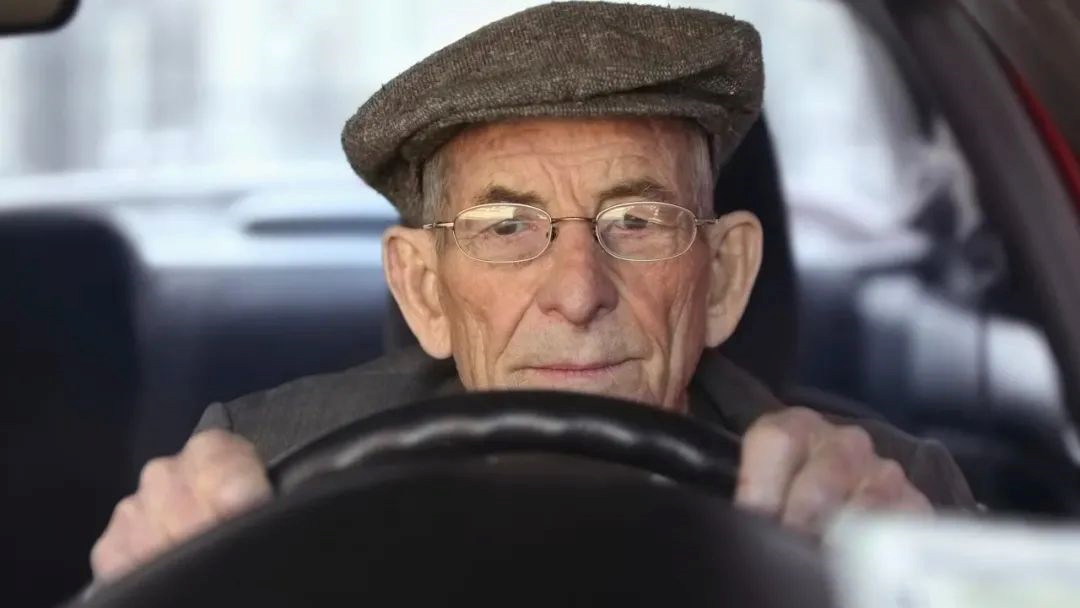
Another reason is human possessiveness and personalized needs. Cars are mobile spaces, in addition to travel needs, storage, personalized design, third space, and appearance needs will also become reasons for more people to choose to buy cars in the era of autonomous driving.
In summary, in the era of fully autonomous driving, the number of cars in use will further increase, and it is inevitable.
In addition, there is a more important factor affecting traffic pressure – tidal effect.
At present, first-tier, second-tier, and even third- and fourth-tier cities are all experiencing peak traffic congestion, and major cities are also racking their brains to solve these problems, such as license plate restrictions, traffic restrictions, building more overpasses, more tunnels, etc., but fundamentally, they have not solved the problem – the concentration of people traveling at the same time.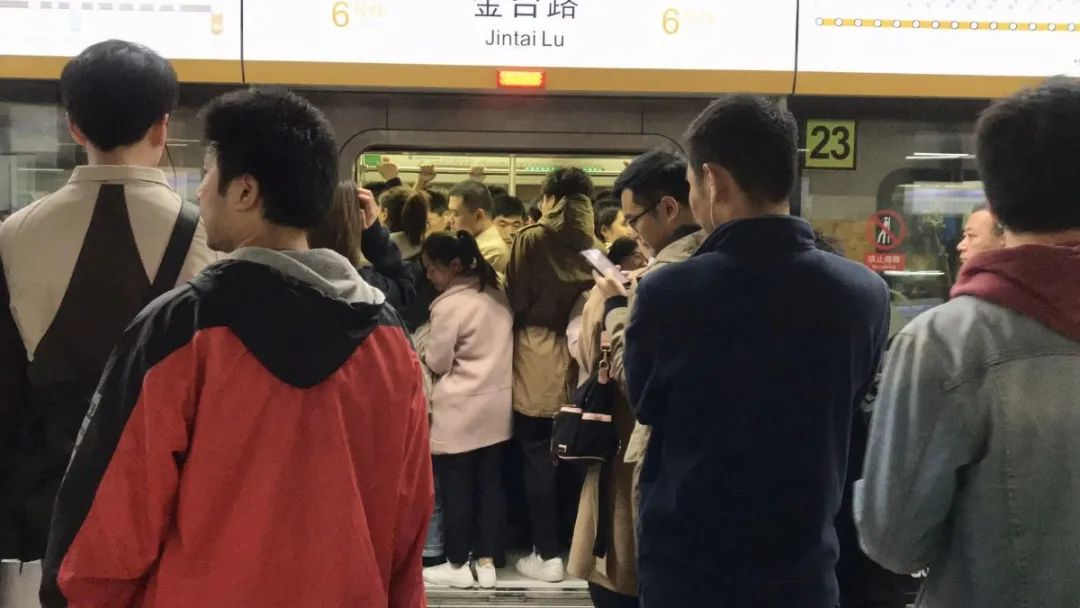
The tide effect of transportation not only appears on roads during rush hours, but also happens to shared bicycles at subway stations. If you go to work or back home in the evening, there are usually no shared bicycles available for you to use.
Meanwhile, the tide effect of transportation also refutes the view that Robotaxi can reduce the idleness rate of vehicles and hence decrease the total number of vehicles in society.
To give a practical example, even in the era of fully autonomous driving, people’s working hours will not change, and their needs for transportation during rush hours will still exist. That is why ride-hailing services have insufficient capacity during rush hours but plenty of capacity during weekends.
Of course, autonomous driving will undoubtedly improve traffic efficiency, but more vehicles in motion will bring tricky issues to traffic.
As Elon said, autonomous cars will amplify traffic problems to insane levels.
If the era of fully autonomous driving is still distant, let’s take a look at the current state of smart traffic lights that have indeed improved traffic efficiency.
Smart Traffic Lights
Artificial intelligence (AI) has been massively applied worldwide, such as machine translation, autonomous driving, space exploration, agriculture, and even Go games. Among such extensive applications, why hasn’t the US, as an AI powerhouse, considered making traffic lights smart?
Elon tweeted, “Maybe Tesla should make an AI visor that automatically inserts into these legacy traffic lights.” Then he added,
It could just look at traffic & automatically maximize throughput.
This sentence contains a detail, “just,” because most Americans do not support installing surveillance cameras, as they believe it would infringe on privacy. Therefore, most intersections in the US do not have surveillance cameras to monitor speeding or running red lights. Generally, police patrols punish violations heavily.
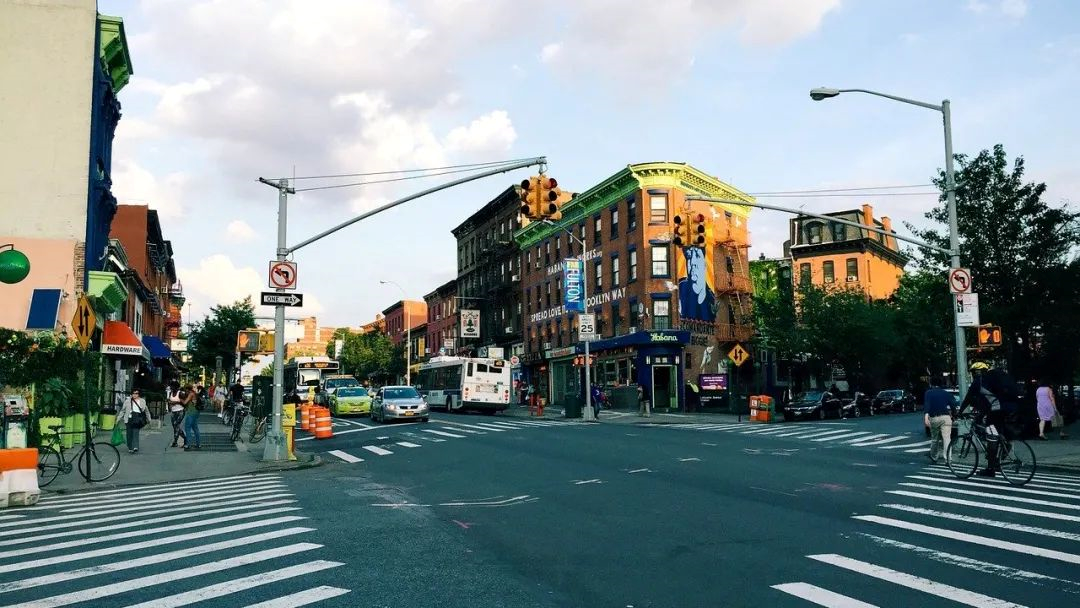 When Elon Musk made this statement, he emphasized the importance of looking at traffic flow and throughput only, which is also why smart traffic lights have not become a development direction in the United States.
When Elon Musk made this statement, he emphasized the importance of looking at traffic flow and throughput only, which is also why smart traffic lights have not become a development direction in the United States.
In contrast, the situation of smart traffic lights in China is far ahead of that in the United States.
Instead of calling it a smart traffic light, it is better to say that it is a traffic light + intelligent control terminal.
The role that the intelligent control terminal can play is not only to control traffic lights, but also to promote the intelligence of infrastructure, transportation equipment, and travel services.
For example, the role of smart traffic lights is to monitor the number of vehicles, distance, speed, etc. in real time, while also monitoring the number of pedestrians and dynamically adjusting traffic lights. It can also improve the traffic rate of intersection vehicles, reduce traffic light waiting times, and increase road capacity. Even with dynamic guidance based on the traffic flow volume of tidal lanes, it can provide fast access ability to emergency vehicles such as police cars, ambulances, and fire trucks.
In addition, it can calculate the congestion time, illegal parking, violations, and other behaviors of the road. It also includes monitoring whether there are illegal behaviors such as license plate blocking, camouflage license plates, and vehicle modification.
Let’s take a look at Neuro, an intelligent control terminal that has been implemented in China.
Neuro is a product under Alibaba Cloud and has been pilot-tested in Haida South Road, Xiaoshan District, Hangzhou in 2021. From the data perspective, the average daily delay index of 3 intersections has decreased by 20%. In terms of accident reduction, since its trial operation in September 2021, as of October 20, 17 accident alarms have occurred in the three pilot intersections and surrounding areas, a decrease of 34.62% compared with the same period in 2019, which had 26 alarms.
Moreover, Neuro does not have a high cost and can choose different models according to different needs to achieve the corresponding functions. This is crucial for large-scale promotion.
A large number of intelligent terminals and cloud services combined together become the so-called smart transportation, including areas such as intelligent network connection, intelligent traffic management, intelligent highways, intelligent parking, and intelligent logistics.
Many companies are involved in smart transportation, such as Alibaba, Baidu, Tencent, and Sensetime. Let’s take Baidu, which is currently closer to consumers, as an example.
In 2021, Baidu released its intelligent traffic engine, ACE 2.0, covering areas such as intelligent network connection, intelligent traffic management, intelligent highways, and intelligent parking, etc. This was announced during the opening of the Apollo Park in Shanghai. Baidu has dozens of related projects in multiple cities such as Beijing, Shanghai, Guangzhou, Shenzhen, Chengdu, and Wuhan.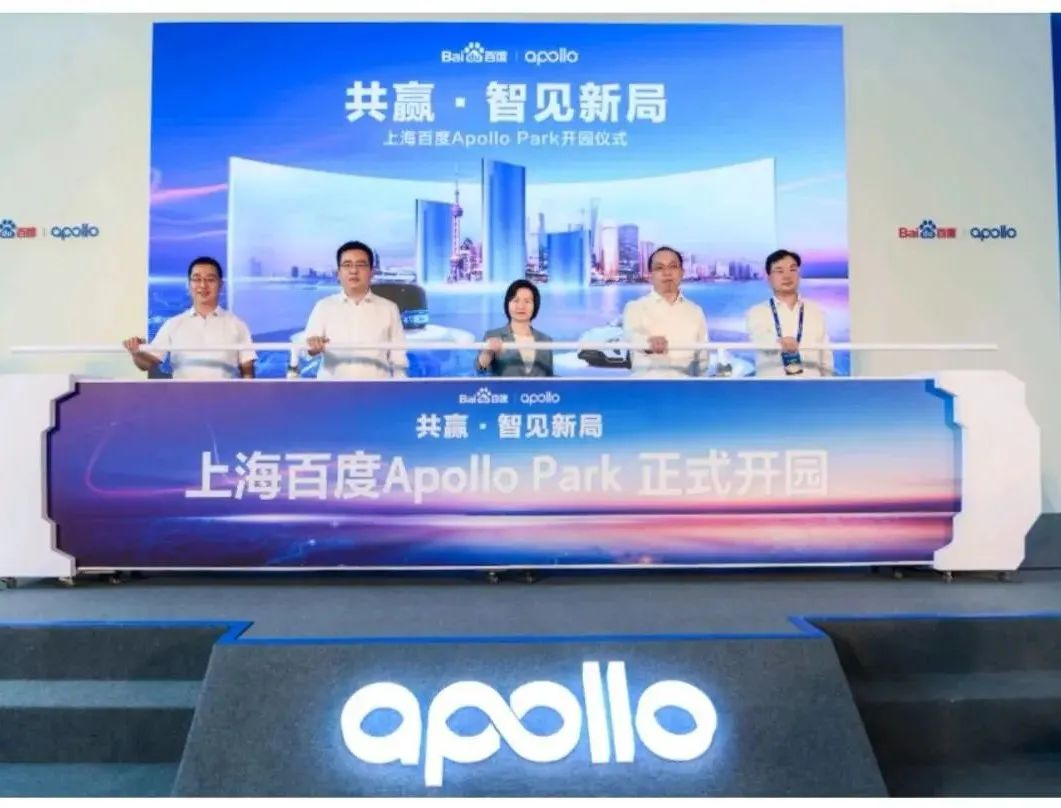
The software and hardware of Baidu are more commonly seen in our lives. For example, when you use the Baidu Maps app to navigate on Guanlan Road in Xiaoshan District, Hangzhou, you can see the “countdown of traffic lights” in advance, intelligent traffic light control in various cities, and the intelligent parking of 39,000 parking spaces in Xuhui District, Shanghai. More relevant to cars, WM Motor will launch PAVP (high-precision map parking), which can allow vehicles to park automatically in parking lots by collecting high-precision maps of parking lots from Baidu and combining them with intelligent parking.
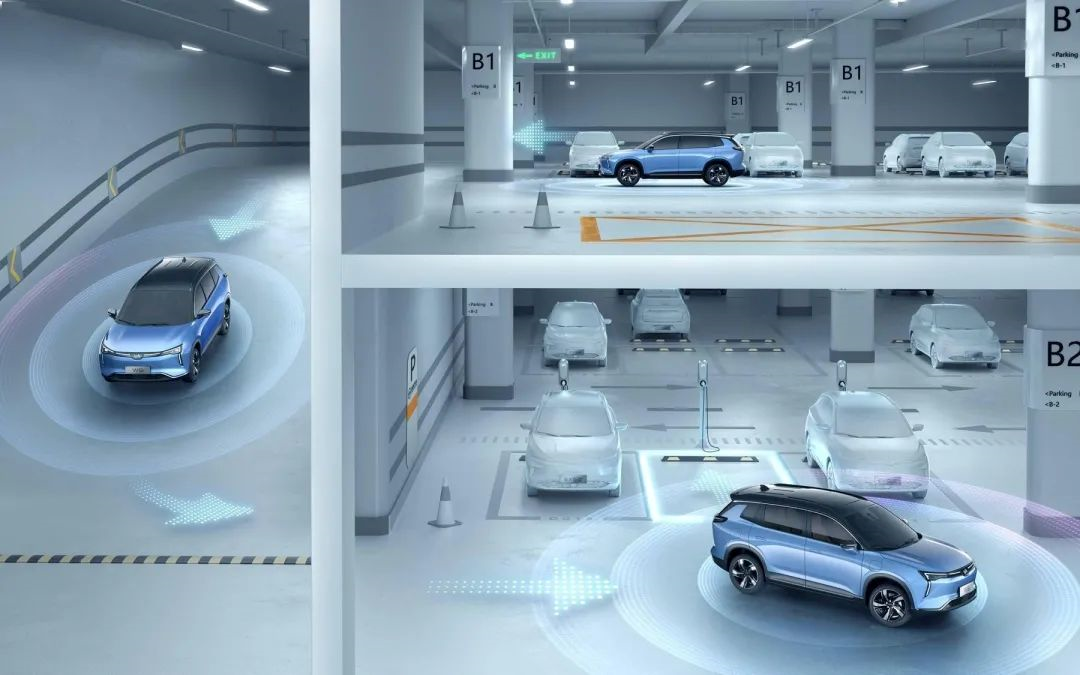
All of these are silently changing our lives.
At the vehicle level, whether it is WeRide or Tesla, only single-car intelligence can be achieved. In order to achieve technologies such as V2V and V2X, more comprehensive infrastructure needs to be established, so that “people, vehicles, and roads” can be interconnected, and a truly smart transportation system can be built.
The smart transportation system cannot be achieved overnight. It requires a lot of effort from multiple parties such as data, technology, funding, and government to achieve it. Fortunately, China has already taken a fast lane in the field of smart transportation. This year, the Hangzhou-Ningbo Intelligent Highway of Hangzhou-Shaoxing-Ningbo Expressway will be opened to traffic. Let’s experience the charm of the smart highway together.
This article is a translation by ChatGPT of a Chinese report from 42HOW. If you have any questions about it, please email bd@42how.com.
